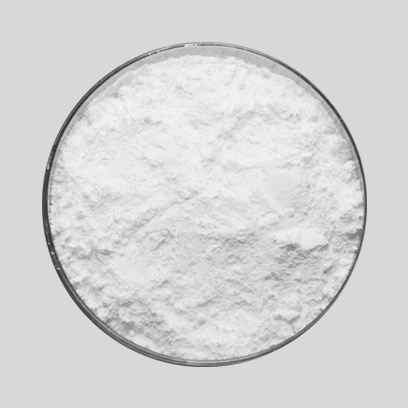
Ott . 14, 2024 02:12 Back to list
black tio2
The Significance of Black TiO2 in Modern Materials Science
Titanium dioxide (TiO2) is widely recognized for its remarkable properties, including high stability, non-toxicity, and excellent photocatalytic activity. Traditionally, TiO2 has been employed primarily in its white form, which is commonly found in pigments, sunscreens, and various other applications. However, recent advancements in materials science have unveiled a new variant known as black titanium dioxide (black TiO2), which has garnered significant attention due to its unique properties and potential applications.
Production of Black TiO2
Black TiO2 is produced through several methods, including reduction processes, doping with different elements, and the introduction of defects in the TiO2 lattice structure. The most common method involves the reduction of white TiO2 at high temperatures in a hydrogen atmosphere, resulting in a material that possesses a distinct black coloration. This transformation is attributed to the creation of defect states and the generation of Ti3+ ions, which enable the absorption of visible light.
Unique Properties
The most striking feature of black TiO2 is its ability to absorb a broader spectrum of light compared to its white counterpart. While conventional TiO2 primarily absorbs ultraviolet (UV) light, black TiO2 can absorb visible light, making it more efficient for applications that rely on sunlight. Additionally, black TiO2 exhibits enhanced photocatalytic activity, which is beneficial for various environmental and energy-related applications.
The enhanced photocatalytic properties of black TiO2 can be attributed to several factors, including its increased surface area, the presence of defective states, and the formation of Ti3+ ions. These characteristics facilitate the generation of charge carriers, leading to more efficient reactions when exposed to light, particularly under visible wavelengths.
black tio2

Applications in Photocatalysis
The photocatalytic capabilities of black TiO2 make it an attractive option for environmental remediation processes, such as pollutant degradation and water purification. Various studies have demonstrated that black TiO2 is effective in degrading organic pollutants, including dyes and pharmaceutical waste, under visible light irradiation. This capability holds significant promise for developing sustainable waste treatment processes that can harness solar energy.
Moreover, black TiO2 is also being explored for its application in solar energy conversion. Researchers are investigating the use of black TiO2 in dye-sensitized solar cells (DSSCs) and as a photocatalyst for hydrogen production through water splitting. By expanding the range of light absorption, black TiO2 can potentially improve the efficiency of these energy conversion technologies, making them more viable for commercial applications.
Impact on the Energy Sector
The energy sector stands to benefit significantly from the advancements associated with black TiO2. With the world moving toward cleaner energy sources, the ability to efficiently harness solar energy and convert it into usable forms is paramount. Black TiO2, with its superior photocatalytic properties, presents a solution to some of the challenges facing renewable energy technologies. Its potential in photocatalytic hydrogen production can contribute to the development of sustainable hydrogen energy systems, which are vital for reducing reliance on fossil fuels.
Conclusion
Black TiO2 represents a fascinating innovation within the realm of materials science, demonstrating how modifications to established materials can yield new properties and functionalities. Its unique light absorption capabilities and enhanced photocatalytic activity open doors to a myriad of applications, particularly in environmental remediation and renewable energy technologies. As research continues to unveil the full potential of black TiO2, it is poised to play a crucial role in addressing some of the pressing challenges of our time, paving the way for a more sustainable and energy-efficient future. Consequently, the study and application of black TiO2 will likely gain momentum, offering further insights and advancements in both scientific understanding and practical utilization.
-
Best Baso4 Price Wholesale & Manufacturer Deals in China
NewsApr.29,2025
-
Rutile Titanium Dioxide R698 Supplier Coating & Paint Solutions
NewsApr.29,2025
-
Premium Titanium Dioxide Ultra White Paint High-Coverage & Durable
NewsApr.29,2025
-
China Titanium & TiO2 Powder Factory Reliable Rutile & Lithopone Supplier
NewsApr.28,2025
-
Titanium Dioxide Types High-Purity Grades from Trusted Factories & Suppliers
NewsApr.28,2025
-
High-Quality Titanium Dioxide White Pigments Wholesale Supplier
NewsApr.28,2025
